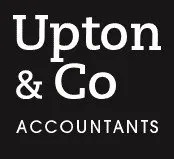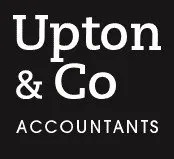Are employer pension contributions still worth it?
Does the potential inheritance tax (IHT) charge on pensions that will apply from April 2027 mean that employer pension contributions are a tax break of the past, or are they still a winner?

Employer contributions
Pension contributions paid by employers are a tried and tested tax-efficient way of providing remuneration to directors that trumps both dividends and salary as a method of profit extraction, but there are limits.
Tax relief limits
Income tax relief for pension contributions is restricted to £60,000 per year (the annual allowance) in total for employer and personal contributions. Tax relief is in effect withdrawn by treating excess contributions as taxable income.
Any allowance unused in a year is available to use in any of the following three years.
Employer contributions
Employer contributions can be especially tax efficient.
Example. Acom Ltd is liable to corporation tax (CT) at 26.5% of its profits. The CT saving on a £15,000 employer pension contribution is £3,975. Even if the director’s pension fund is liable to IHT on death it can be tax efficient to make the pension contribution.
Spanner in the works
Another advantage of pension savings was that whatever remained at death was usually outside your estate. However, from April 2027, pension savings will be part of your estate for inheritance tax (IHT) purposes, subject to the usual IHT exemptions and nil rate band.
Income tax and IHT planning
Pension contributions can help provide a secure nest egg for retirement from the age of 55 (57 from 6 April 2028). What’s more, up to 25% of the fund can be taken tax free to a maximum of £268,275. Pension income can be drawn as and when you want to maximise its tax efficiency, e.g. drawing enough to use your tax-free allowances and using excess income to invest in ISAs and other investments with tax incentives, such as venture capital trusts.
Tax exposure on pension funds
Any IHT payable on your estate (including pension savings from April 2027) reduces the amount remaining for your beneficiaries who will still have to pay income tax on the money they receive. The good news is that there are two simple tax-saving strategies involving pension savings you can use to minimise the value of your estate and thus the IHT payable.
1. Draw enough from your pension funds to utilise your tax-free allowances and lower rate bands. From this make regular gifts (at least once every two years) of some or all of the income you don’t need to live on to those you want to benefit from your estate. The gifts are exempt from IHT.
2. Make gifts from capital as these are ignored when calculating IHT on your estate if they were made seven or more years before death.
Related Topics
-
The government has published the results of a survey of over 2,000 employers on their awareness of correct right to work checks. What do the results show?
The government has published the results of a survey of over 2,000 employers on their awareness of correct right to work checks. What do the results show?
-
Income splitting - tackling the practical issue
You recently started a new business which you run through a company. You’ve been told that you can reduce your tax and NI bill if you issue your spouse with shares in the company. Assuming that’s correct, what are the practicalities involved?
-
Multiple agents for MTD ITSA will be permitted




 This website uses both its own and third-party cookies to analyze our services and navigation on our website in order to improve its contents (analytical purposes: measure visits and sources of web traffic). The legal basis is the consent of the user, except in the case of basic cookies, which are essential to navigate this website.
This website uses both its own and third-party cookies to analyze our services and navigation on our website in order to improve its contents (analytical purposes: measure visits and sources of web traffic). The legal basis is the consent of the user, except in the case of basic cookies, which are essential to navigate this website.